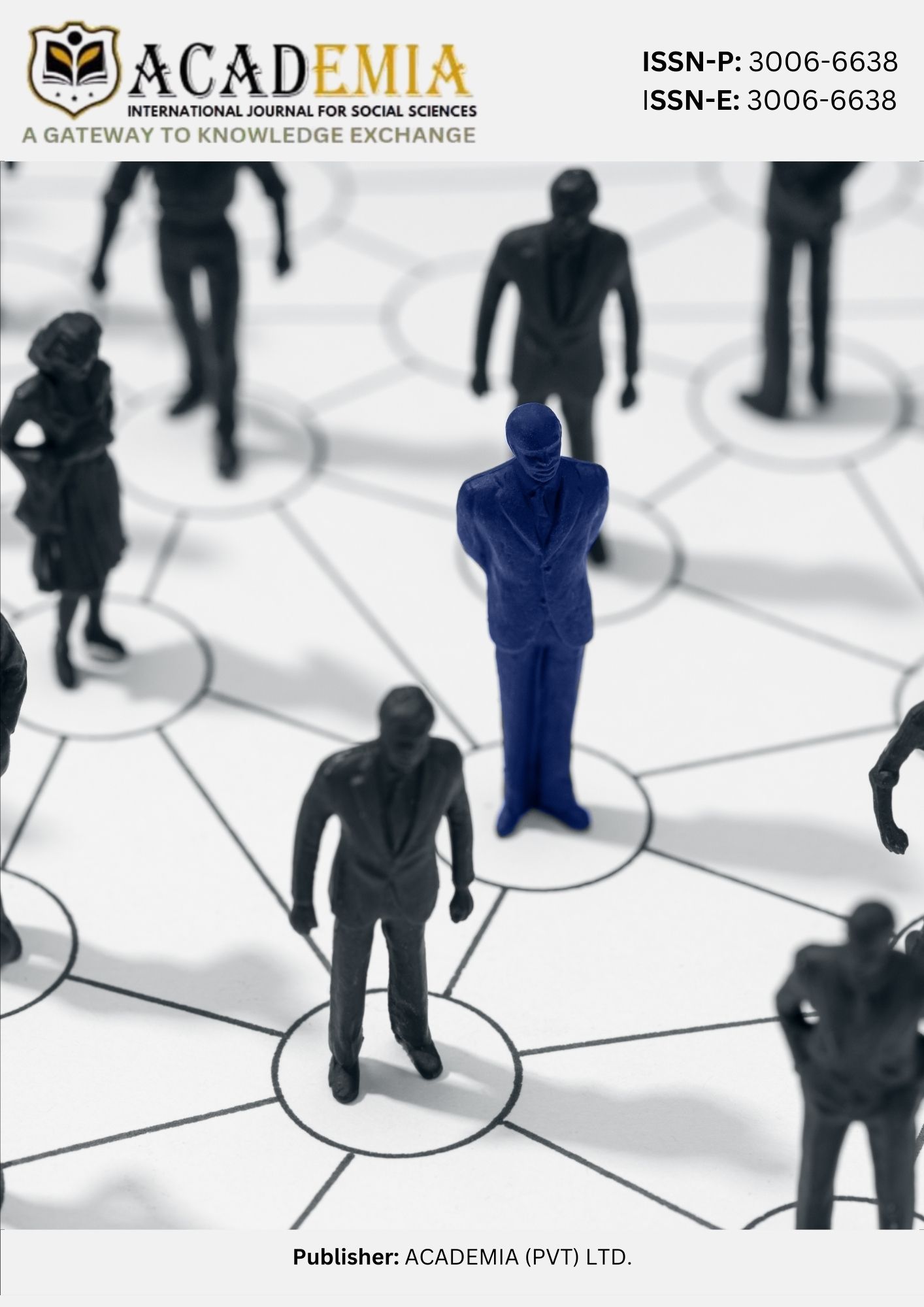Cultural Translation in Practice: Domestication and Foreignization in the English Translation of Bano Qudsia’s Raja Gidh
DOI:
https://doi.org/10.63056/ACAD.004.02.0305Keywords:
Cultural Translation , Domestication and Foreignization , Raja Gidh , Translation Strategies , Bano Qudsia , Cultural HybridityAbstract
This research article explores the translation strategies of domestication and foreignization in the English translation of Raja Gidh, a culturally rich Urdu novel by Bano Qudsia. Employing a qualitative, comparative textual analysis, the study examines how culturally specific elements—such as religious terms, idioms, and food references—are rendered in the target language. The analysis is framed within the theoretical perspectives of Venuti’s (1995) translation strategies and Bhabha’s (1994) concept of cultural hybridity. The findings reveal a predominant reliance on domestication, which enhances readability for the target audience but results in a dilution of cultural and ideological nuance. However, selective use of foreignization suggests an attempt to preserve source culture specificity in certain contexts. The study concludes that while domestication facilitates accessibility, a more balanced approach integrating foreignization would better reflect the source text’s cultural richness. The research contributes to the ongoing discourse on cultural translation and highlights the ideological implications embedded in translation practices.
Downloads
Published
Issue
Section
License
Copyright (c) 2025 Muhammad Haseeb, Farzana Khan, Dr. Faiza Masood (Author)

This work is licensed under a Creative Commons Attribution 4.0 International License.












